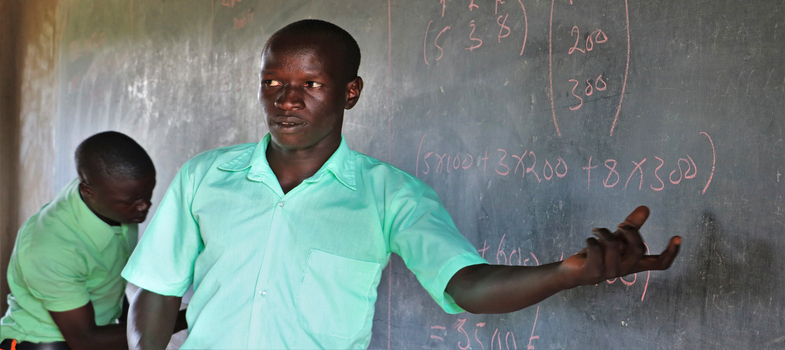Simulation
Simulation is the setting-up of a realistic environment modelling a real life situation or a scientific process by using role-play, models, games, virtual labs, etc. Simulation involves learners trying out situations, such as future occupational experiences as it happens in reality.
In this learning process, they will be able to learn by doing, predict outcomes and express their feelings, perceptions and experiences. Simulation is useful to analyse phenomena, objects or events. It can assist learners in identifying problems and solutions and enables them to apply previously learned theory in a realistic way. Teachers can use simulations to illustrate how things work so that learners get a better insight of complex processes.
Execution
- Design or choose the simulation tool relevant most suitable to your lesson: role-play, low-cost experiment, virtual lab program and make sure it is well integrated in the lesson plan.
- Create a positive learning climate so that learners feel comfortable using the technique.
- Prepare the instructions on flashcards or on the board to ensure that they are clear for everyone.
- Allow time for feedback on the simulation and to summarise the learning points.
Tips
- Make the simulation as similar as possible to the real life situation. For example, if you teach road transport use models of buses and taxis, and characters representing pedestrians, drivers or policemen.
- Make sure to gradually introduce learners to the simulation technique, starting with a simple situation in which the whole class can participate.
Techniques/ Brainstorming Techniques/ Storytelling
